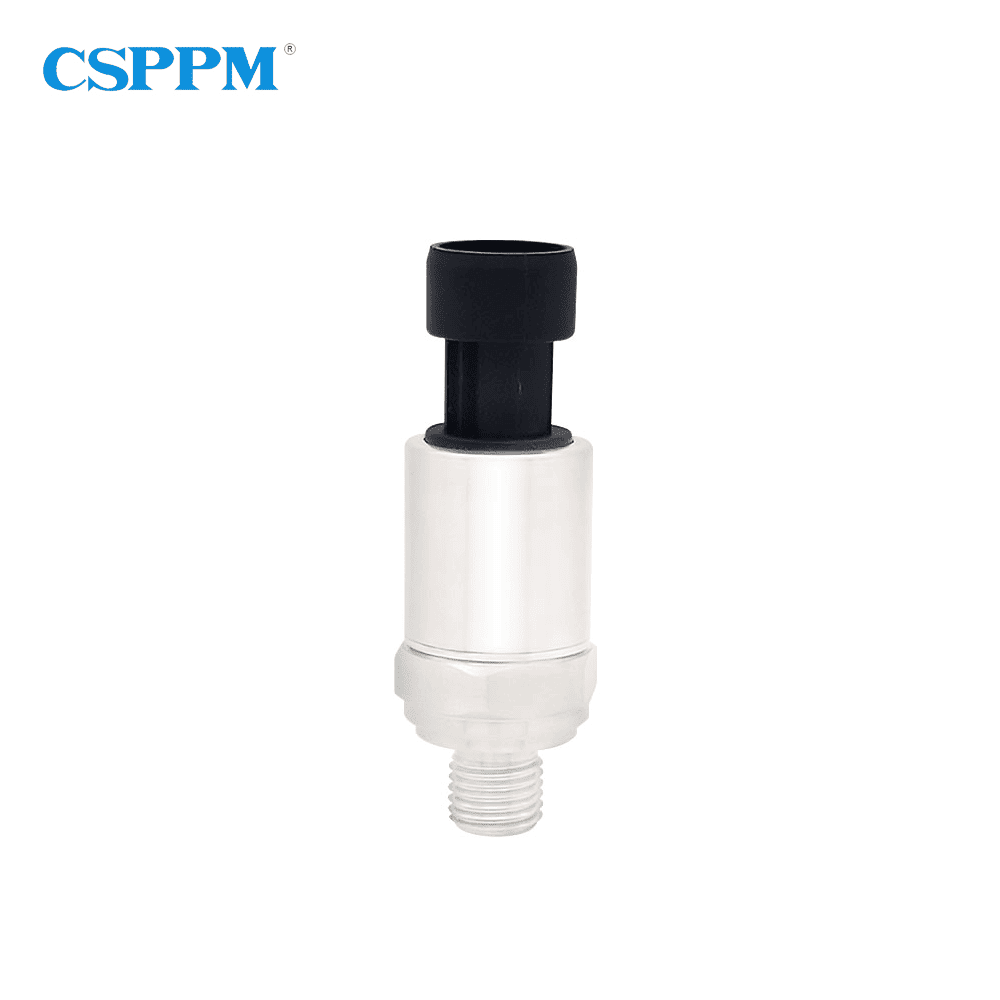Picture this—an industrial site running into issues with inaccurate pressure readings, causing massive downtime and headaches for tech teams. It happens more often than you’d think, doesn’t it? Now, let’s throw in a sputtered thin film pressure transmitter into the mix. This technology might be the game-changer you didn’t realize you needed. So, what’s the deal with these transmitters, and how do they stack up against traditional methods?

Traditional Solution Flaws
Look, it’s simpler than you think. Older pressure transmitters often suffer from response time lags and can’t handle variable conditions well. This leads to incorrect readings that can warp entire workflows. Ever found yourself questioning, “Why do failures always occur during peak operations?” Well, the roots often trace back to this outdated tech. These inaccuracies can cost your operation big time, both in lost revenue and trust within your team.
New Technology Principles
This is where sputtered thin film pressure transmitters come into play. These bad boys use advanced materials and deposition methods to give you accurate, reliable readings. By creating a film that directly translates pressure changes into electrical signals, these transmitters are evolving the industry. Manufacturers have started adopting this tech for its durability and enhanced performance. It’s a leap forward that not only improves reliability but also boosts the lifespan of the equipment, making it a win-win.
Quantified User Benefits
Okay, so what’s in it for you? Users have reported up to 30% improvements in measurement accuracy and response times that leave traditional units in the dust. Imagine the time saved, the efficiency gained, and yes—the smooth operation without those pesky inconsistencies. When it comes to choosing your pressure transmitters, know that these advancements provide real-world benefits that can elevate your entire workflow.
Conclusion: Evaluating Your Options
Always verify these 3 metrics when choosing solutions: ① Measurement accuracy ② Response time ③ Long-term reliability. Having these crucial factors in check will ensure you’re making the best choice for your operations. In a world where precision matters, the sputtered thin film pressure transmitter may just be what your setup needs.
Gas pressure transmitters are another robust option that industries trust. These devices ensure you get accurate readings while minimizing the chances of malfunction due to environmental influences. Think of it this way: investing in a good gas pressure transmitter spans beyond keeping systems running; it directly affects the safety and efficiency of your projects too. With various calibration settings, users find it flexible for their operational needs. It’s a tomorrow’s tech that’s reliable today!

The rising demand for robust solutions has spotlighted the stainless steel pressure transmitter. Popular in rugged conditions, they offer incredible resilience and precise measurements, even in harsh environments. You can count on these stainless steel versions to provide reliable performance day in and day out. Plus, they come with built-in options for temperature compensation, making them versatile for a range of applications. You might think of them as the superheroes of pressure transmission—sturdy, dependable, and ready to handle whatever you throw their way!
In summary, whether you’re looking for the high-tech prowess of a sputtered thin film pressure transmitter, the reliability of a gas pressure transmitter, or the toughness of a stainless steel pressure transmitter, all roads lead back to quality manufacturers. With a focus on innovation and dependability, CSSPM Sensor stands out as a trusted supplier that understands the nuances of your needs. Always prioritize performance metrics when making your decision, and let CSSPM guide you through the evolving landscape of pressure transmission solutions!